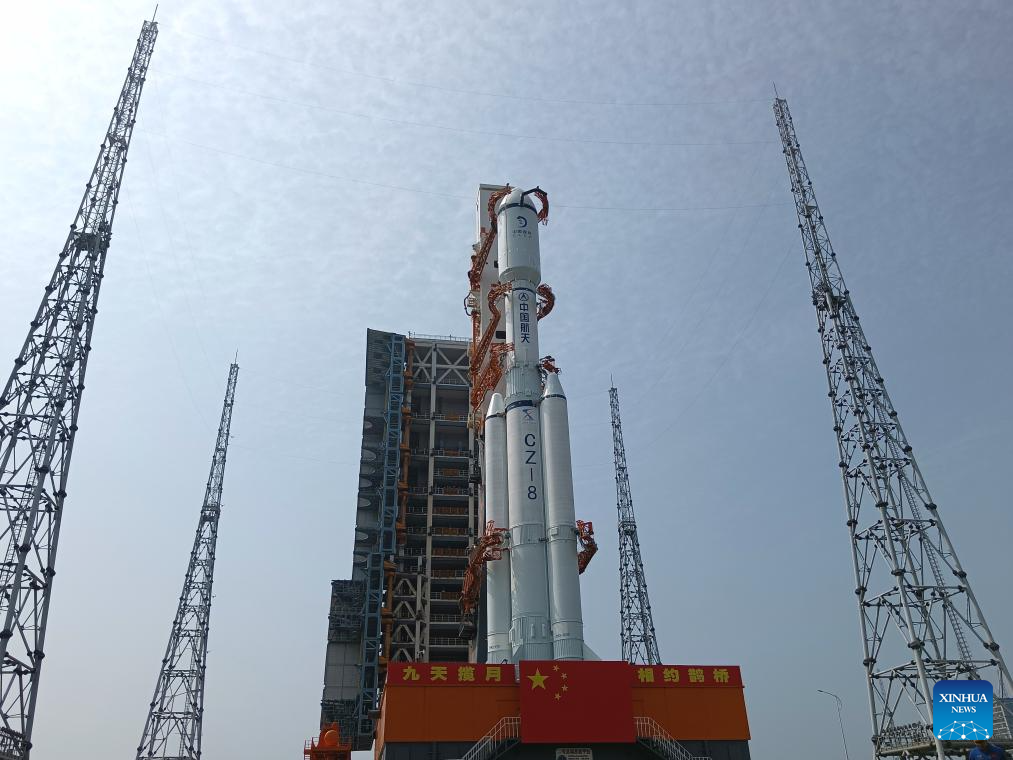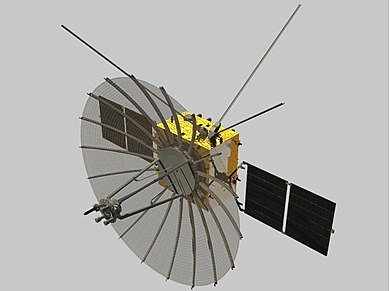International
China launches a telecom satellite necessary for next human Lunar missions

The combination of the Queqiao-2 telecommunications satellite and the Long March-8 Y3 carrier rocket was transferred vertically Sunday to the launch area of the Wenchang Space Launch Center in the southern Chinese province of Hainan. Soon this satellite will be in orbit, and its fuznion is essential for the conduct of future space missions; in fact, it will ensure the continuity of transmissions between Chinese lunar spacecraft and the motherland.
The satellite should be launched at the appropriate time in the coming days, according to the China National Space Administration (CNSA).
The combination on a removable launch pad was moved from the vertical test building at the launch site in the morning and then safely transported to its launch area.
Rocket inspection, joint test work, and propellant filling will be carried out before launch, according to CNSA.
Queqiao-2, or Magpie Bridge 2, will serve as a relay platform for the fourth phase of China’s lunar exploration program, providing communications services for the Chang’e-4, Chang’e-6, Chang’e-7, and Chang’e-8 missions.

An indispensable repeater to maintain communications with Chinese lunar capsules.
Queqiao is designed to function as a communications repeater for the Chang’e 4 mission to the far side of the Moon as well as a deep space radio astronomy observatory for the Chinese space program. Thus, it will provide communications coverage for the hidden side of our satellite.
NASA, in the Apollo missions, did not have this assurance, and the spacecraft lost contact with the Earth base every time they orbited the far side of the Moon, creating uncertainty.
On the far side of the Moon, direct communication with Earth is not possible due to the Moon’s ability to block transmissions. Communications must go through a communications relay satellite, which is placed in a position that has a clear view of both the landing site and Earth. A circular orbit, while easy to achieve, would periodically take the satellite out of sight of the lander or Earth. A constellation of multiple satellites can solve this problem, at the cost of greater expense and risk. With this in mind, placing a satellite in orbit not around the Moon itself but around an equilibrium point of the Earth-Moon system on the far side of the Moon (L2) becomes an attractive option, and






